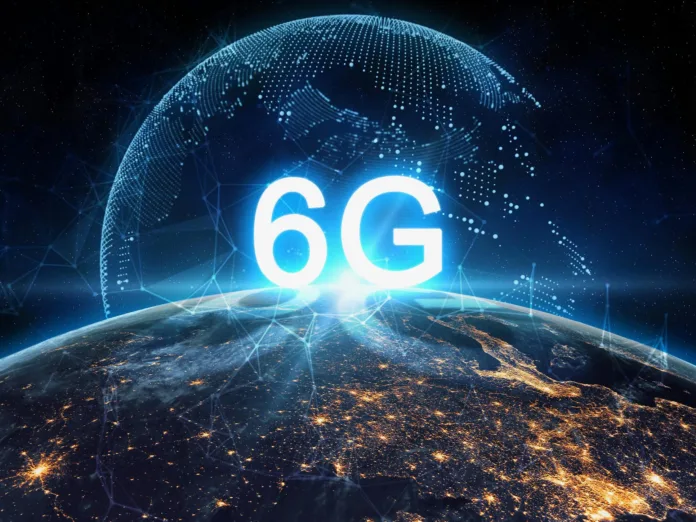As we settle into the era of 5G connectivity, discussions around 6G technology are already gaining momentum in the tech world. This next-generation communication technology promises to deliver lightning-fast speeds, ultra-low latency, and an intelligent, hyper-connected digital ecosystem. In fact, 6G technology is not just about faster internet — it represents a new phase of digital transformation across industries, society, and the global economy.
This article explores how 6G will redefine communication and connectivity in the future and what this means for industries, infrastructure, and individuals.
What is 6G Technology?
6G technology, or the sixth generation of wireless communication, is the successor to 5G. Although still in its early research phase, 6G is expected to roll out commercially by 2030. It will build upon the strengths of its predecessor, offering higher data rates (up to 1 Tbps), faster response times (microseconds of latency), and deeper integration with AI, edge computing, and blockchain.
Unlike previous generations, 6G is expected to go beyond traditional mobile communication, powering innovations in holographic communication, quantum computing networks, and immersive extended reality (XR) experiences.
Key Features of 6G Technology
Speed and Latency
6G aims to achieve speeds up to 100 times faster than 5G, which would make real-time remote surgeries, autonomous vehicle coordination, and true virtual presence a reality.AI-Driven Networks
6G networks will be built with native artificial intelligence integration, enabling self-optimizing, self-repairing, and autonomous decision-making capabilities.Edge Intelligence
By shifting computation to the edge of networks, edge computing in 6G will reduce the burden on centralized servers and allow instant data processing closer to the source.Massive Connectivity
With the rise of IoT, 6G will support over 10 million connected devices per square kilometer, enabling smart cities, smart factories, and automated supply chains.
How 6G Will Impact Future Communication
1. Immersive and Real-Time Collaboration
6G technology will revolutionize communication by enabling fully immersive augmented reality (AR), virtual reality (VR), and mixed reality (MR) applications. This will enhance remote work, virtual meetings, and training simulations with a real-world sense of presence.
2. Enhanced Human-Machine Interfaces
Thanks to ultra-low latency, humans will be able to interact with machines in real-time. Technologies like brain-computer interfaces (BCI), gesture-based controls, and voice-responsive environments will become more precise and widespread.
3. Global Coverage Through Satellite Integration
6G networks are expected to integrate terrestrial and satellite communication, offering seamless global coverage — even in rural, remote, or underserved areas.
4. Improved Network Security and Privacy
As cyber threats evolve, 6G will implement blockchain and quantum encryption technologies to secure sensitive data transmission and maintain the integrity of communication channels.
Industries Set to Benefit from 6G
Healthcare: Remote surgeries, AI-assisted diagnostics, and smart hospitals.
Manufacturing: Fully automated factories with predictive maintenance and robotics.
Agriculture: Smart farming using sensors, drones, and automated irrigation systems.
Transportation: Connected and autonomous vehicles sharing real-time data for optimal navigation.
Entertainment: Holographic concerts, immersive gaming, and interactive streaming.
Challenges to 6G Adoption
While the vision is promising, implementing 6G on a global scale will face several challenges:
Infrastructure Investment: New spectrum bands, antennas, and base stations will be required.
Regulatory Frameworks: Global policies around data usage, privacy, and cross-border communication will need to be updated.
Energy Consumption: Despite being efficient, ultra-high-speed networks will need to manage power usage sustainably.
The Road Ahead
The development of 6G technology is being driven by global collaboration between governments, academic institutions, and private companies. Countries like the U.S., China, Japan, and South Korea have already launched research initiatives focused on 6G use cases and standards.
As we approach 2030, the conversation around 6G will shift from possibility to implementation. Businesses and individuals alike must start preparing for a world where communication is not just faster but smarter, more intuitive, and more immersive.
Conclusion
6G technology is poised to become the cornerstone of future communication, powering a world of intelligent connectivity, global inclusion, and limitless innovation. While it may still be a few years away from widespread adoption, its foundation is being laid today — and those who adapt early will reap the biggest rewards.
